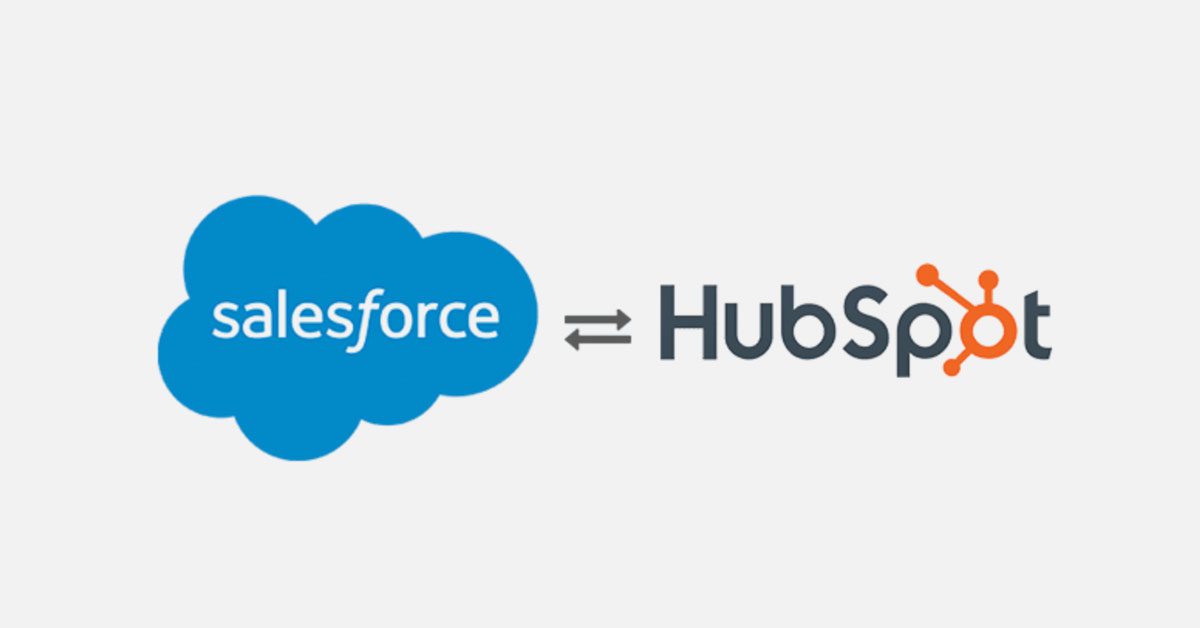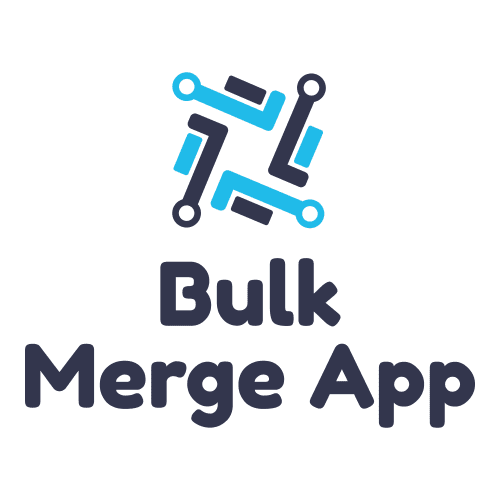Salesforce HubSpot Integration and challenges

HubSpot and Salesforce are both leaders in the marketing and sales industries — and their platforms can be integrated with each other for even more power. But though HubSpot and Salesforce have built-in syncing and integration, companies can also run into some challenges. Let’s take a look at what it takes to integrate the two platforms.
The Advantages of HubSpot Salesforce Integration
HubSpot intelligence can be accessed directly from Salesforce, making Salesforce even more powerful. Organizations will be able to improve their analytics pipeline and streamline their lead generation, by taking advantage of the lead generation opportunities in both platforms. Companies that use HubSpot and Salesforce will no longer need to consolidate their data on their own — it will be consolidated for them. And Salesforce tasks can be used hand-in-hand with the HubSpot analytics.
How to Integrate HubSpot and Salesforce
HubSpot can be synced to Salesforce in a matter of minutes — it’s a fast, simple, built-in process. Data will be brought in from HubSpot to Salesforce and Salesforce’s own functionality can be used to make use of that data. It’s important that this data be assessed to make sure that it’s transferred correctly. With the right syncing, you can use sales and service data to target the right audience based on current issues and buyer personas.
When HubSpot and Salesforce are connected, new contacts in HubSpot will be tracked as leads in Salesforce. As the lead progresses through the sales journey, it will be converted to Accounts, Contacts, and Opportunities. Companies will be able to use both HubSpot and Salesforce with the understanding that the data will be correct in both. The entire process of syncing is an automated one that organizations themselves won’t need to worry about. They just need to worry about fine-tuning their buyer persona and connections.
The integration between HubSpot and Salesforce can be set up using the HubSpot Salesforce Integration App available on Salesforce AppExchange. Having a defined Marketing Qualified Lead (MQL) process and Sales Qualified Lead (SQL) Process can help you identify what would be your single source of truth for your Accounts, Contacts, and leads. HubSpot can also integrate with numerous other platforms, such as SurveyMonkey, ZenDesk, and Eventbrite. By consolidating information in Salesforce, however, an organization can ensure that employees always know where to look for when they’re looking up leads.
Common HubSpot Salesforce Integration Issues
HubSpot consolidates both leads and contacts into “contact records,” whereas Salesforce distinguishes between leads and contacts — this can make HubSpot Salesforce integration a little complex. Syncing between HubSpot and Salesforce can also cause issues such as client duplication, or data not being processed correctly. When connecting HubSpot and Salesforce, everyone should validate that the data has been synced correctly.
Further, HubSpot and Salesforce must both be updated together, or one or both can have security-related issues or syncing-related issues. Companies need to make sure that their installations are updated frequently.
In terms of processes, employees need to be educated on where they will go to connect to their data and their customers. Continued support, troubleshooting, and ticketing can help employees adapt to new process management.
For the most part, integration between HubSpot and Salesforce should be seamless. Once connected, both systems should be able to trade information, and you should be able to use either platform depending on the features that you need. If any issues do occur, you can pull the integration back and attempt to integrate again.
Once you’ve successfully integrated HubSpot and Salesforce, you’ll be able to use both platforms seamlessly. You’ll have the consolidated power of all the information in HubSpot and Salesforce, and consequently, you’ll be able to improve your analytics, streamline your processes, and reduce the amount of time it takes for you to analyze your data. Your sales team will be provided with qualified nurtured leads and can spend more time closing the deals.
Astreca is a Salesforce Partner and HubSpot Solutions Provider. If you want to integrate your HubSpot and Salesforce solutions, Astreca has the right expertise. Connect with us today to help build an integration within a week.
#BusinessIntegration #ChallengesInIntegration #CRMIntegration #DataSyncing #HubSpotCRM #HubSpotSalesforce #IntegrationChallenges #IntegrationSolutions #SalesforceAutomation #SalesforceHubSpotIntegration






